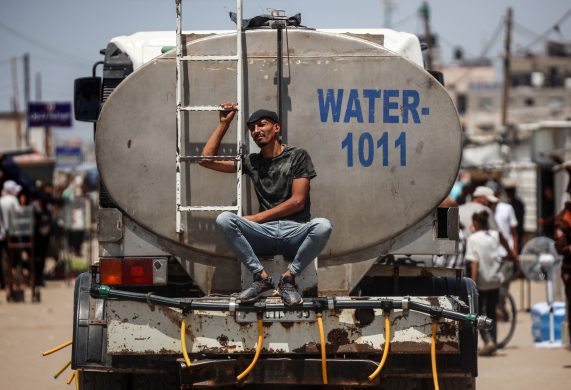YEMEN: Failing to harvest the rain
SANAA, 10 August 2010 (IRIN): Despite record rainfall in the Yemeni capital Sanaa and other areas this summer, very little is being done to harvest this water to mitigate (lindre/modvirke) water shortages, experts say.
In May at least seven people were killed in what officials described as the worst flooding to hit Sanaa in a decade. Flooding has brought large parts of the city to a standstill on a number of occasions.
Attempts by the government to harvest rainwater are very limited, according to Ramon Scoble, a consultant for Germany’s Technical Cooperation Committee (GTZ).
– The government is doing very little, he said, adding:
– Very little funding is dedicated to rainwater harvesting for water supply and groundwater recharge. There are a number of ineffective dams in Yemen and none are supplying significant water to cities, agriculture or groundwater recharge.
Sanaa is predicted to be the first capital in the world to run out of economically viable water supplies by 2017.
Experts say this is due to a rapid increase in Sanaa’s population in recent years because of rural-urban migration, and the widespread planting; and inefficient irrigation of `qat’, a water-thirsty plant believed to consume 40 percent of all irrigated water.
Local authorities say this increased demand for water is causing Sanaa’s water table to fall 4-6 meters a year.
According to Salem bin Shueb, head of the Water Resources Department in Sanaa Municipality, a study carried out with the Ministry of Agriculture and Irrigation concluded that dams needed to be built to harvest rainwater to prevent water shortages.
Læs videre på http://www.irinnews.org/Report.aspx?ReportId=90122














